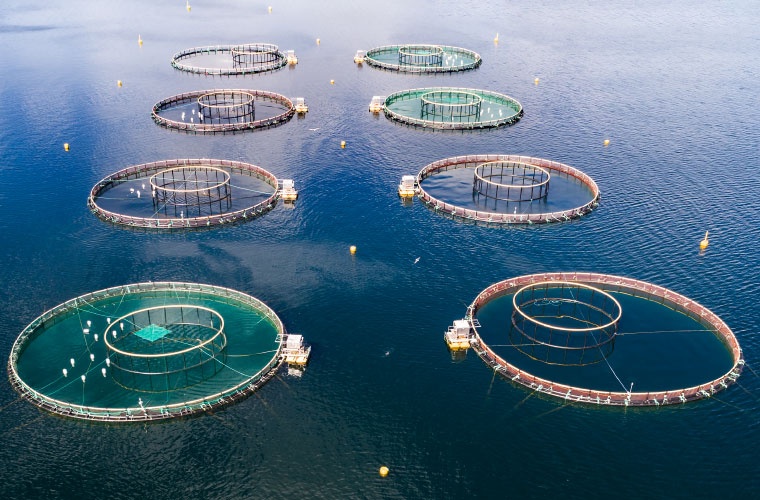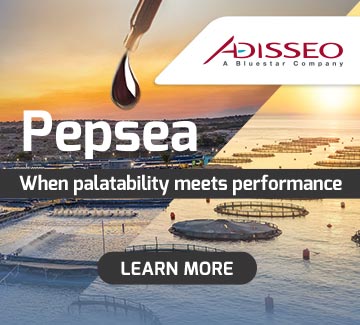
What criteria should define a type of sea farm? Its distance from the coast, or extreme conditions it will face? While it may seem interchangeable to use terms like ‘open ocean’ and ‘exposed aquaculture’, the appropriate use of terminology enables regulators, equipment designers, insurers, and farm managers to better understand the conditions at proposed sites, ensuring more informed decision-making.
The Working Group on Open Ocean Aquaculture (WGOOA) under the International Council for the Exploration of the Sea (ICES) stresses the importance of adopting clear terminology, specific assessment tools, and advanced technologies to design and operate aquaculture systems in marine environments.
This approach will enhance planning, sustainability, and efficiency in aquaculture production.
The experts argue that defining a sea farm should focus on the extreme environmental conditions it must endure.
Their proposal involves distinguishing between distance from the shore and environmental exposure – such as waves, currents, and winds. They recommend using terms like ‘offshore aquaculture’ to describe geographic location and ‘exposure aquaculture’ to reflect the environmental conditions a farm will encounter.
Moreover, this redefinition can support the development of policies, regulations, and marine spatial planning, which are crucial for optimizing site selection and minimizing conflicts with other maritime activities.
To precise quantify environmental conditions and ocean energy levels at potential aquaculture sites, the experts have developed tools like Specific Exposure Energy and Exposure Velocity.
Reference:
Sclodnick T, Chambers M, Costa-Pierce BA, Dewhurst T, Goseberg N, Heasman KG, Isbert W, Krause G, Wieczorek D, Markus T, and Buck BH (2024). From “open ocean” to “exposed aquaculture”: why and how we are changing the standard terminology describing “offshore aquaculture”. Front. Aquac. 3:1428187. doi: 10.3389/faquc.2024.1428187


